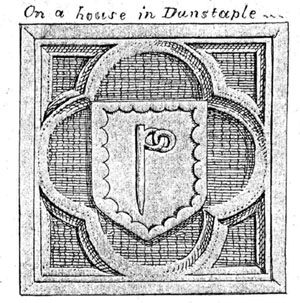
DUNSTABLE AND DISTRICT
LOCAL HISTORY SOCIETY
ABOUT US
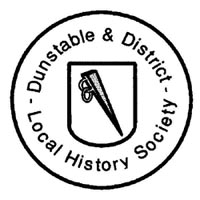
.jpg)
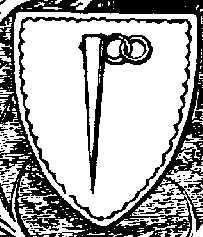
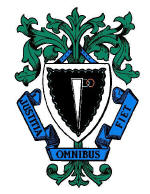
Dunstable and District Local History Society was founded in September 1991 and organises monthly meetings where its large audiences are entertained by a variety of speakers. The current programme is included in the events guide on this website. The society publishes a newsletter twice a year which contains authoritative articles on local history.
The society maintains research rooms at the Dunstable Town Council offices in Grove House, 76 High Street North, Dunstable, LU6 1NF. A collection of Dunstable books, manuscripts and photographs can be studied by appointment.
It has also published a number of historical booklets about old trades of the town, including The Whiting Works, by Joan Curran; Dales Dubbin, Flemons' Herbs, Bagshawe's engineering and Cross's paperware, all by Colin Bourne; and Shops and Markets by Fred Moore and Don Kemp. A fourth edition of Dunstable Timeline by Rita Swift is in preparation. Society members also contributed to Dunstable at War, the collection of eyewitness accounts compiled by Jean Yates and Sue King, and to the Medieval Dunstable volume (price £12.50). The late Joan Curran's history of Priory House is still on sale price £2.00, as is John Buckledee's illustrated book for schoolchildren about Dunstable Tournaments, price £9.99.
The society meets at 7.45pm on the second Tuesday of each month (except during the summer break) at the Methodist Church Hall, The Square, Dunstable, where visitors are welcome.
Annual membership costs £8. Entrance fee for non members is £2 per meeting.
The society's logo was designed by Omer Roucoux in 1996. It is a reproduction of the oldest example of the town arms that has been discovered to date. This can be seen, with difficulty, carved on a shield held by the wooden figure in the roof of the Priory Church directly above the pulpit (as seen on the left). The stake signifies a market, the staple is a pun on the town's name and the ring it secures suggest royal protection. The date of the figure is the later half of the 15th century. A similar example can be seen in the illuminated border of the Dunstable Fraternity Register for the year 1522 (see pic below).
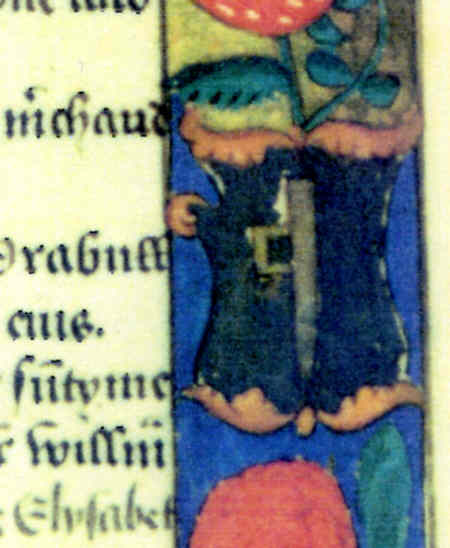
A representation of the old arms was carved on a stone on the corner of Kingsbury House in Church Street, next to the door (below).
Unfortunately this has been eroded by the weather and has completely disappeared. The only representation of the Church Street arms is an engraving done by Thomas
Fisher in 1836. But on this the staple has two rings attached and faces right (instead of left). Omer Roucoux thinks that the mistake has been made because the engraving (on copper) was done as seen, but when printed it was obviously inverted. Unfortunately that image was used by historian Charles Lambourn in his Dunstaplelogia in 1859 (left) and adopted by the Dunstable Corporation in 1864 when it chose its arms, including its scalloped edge (left).
